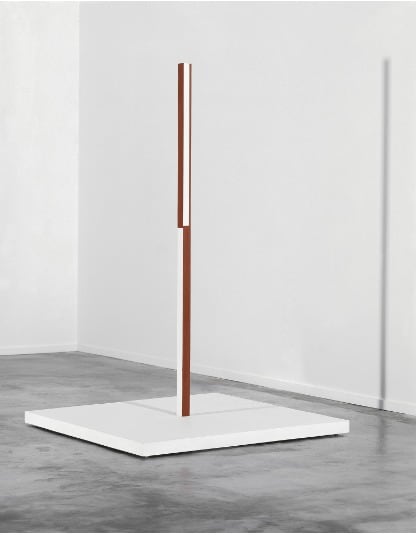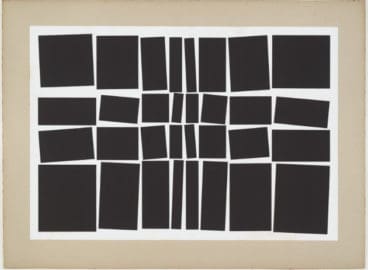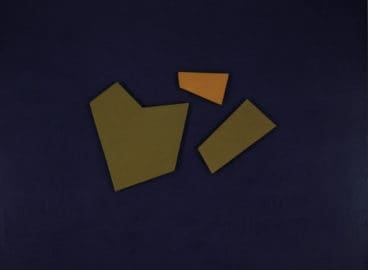Willys de Castro’s Active Object (Yellow), a work that is part of the Cisneros’ gift to the Museum, marks an important turning point in the artist’s shift from Concrete to Neo-Concrete art. Samantha Friedman, Assistant Curator in the Department of Drawings and Prints at the Museum of Modern Art, comments on the importance of the work in the development of Brazilian modern art.
This text was originally published under the theme “Patricia Phelps de Cisneros Research Institute for the Study of Art from Latin America.” The original content items in this theme can be found here.

Willys de Castro is a key figure in the São Paolo Concrete and Neo-Concrete art movements and an artist whom the writer Ronaldo Brito once said “embodies the figure of the ‘Brazilian constructivist man.’”
De Castro’s Active Object (Yellow) (1959–60), marks an important turning point in his shift from Concrete to Neo-Concrete art. This transition is suggested by the title de Castro gave to this work and others in the same series: each of these Active Objects becomes a pictorial event in space, in which the viewer is obligated to move through the work—whether optically or physically—in order to perceive it dynamically.
Specifically, in this relatively compact work, we are immediately struck by the field of vibrant yellow, almost so much so that we may not notice, at first, the slim areas of blue on the extreme edges of the composition. Once we do see them, we are called to reinsert, in our minds, the blue square on the right side of the work into the corresponding gap on the left side. Though it’s not visible from a frontal reproduction, the blue extends around to the sides of the work—the canvas is mounted on wood and so projects off the wall—reinforcing its identity as an object more than simply a painting.
De Castro was already thinking about the work of art as a call to engagement in his Poster-poem (1958), which exemplifies the poetic applications of his work in graphic design, another important aspect of his practice (he founded the Studio for Graphic Projects with his partner, Hércules Barsotti, in 1954). By repeating and alternating the words “down” and “deep” to describe a descent, de Castro actively leads the viewer’s eye to the bottom edge of the composition.
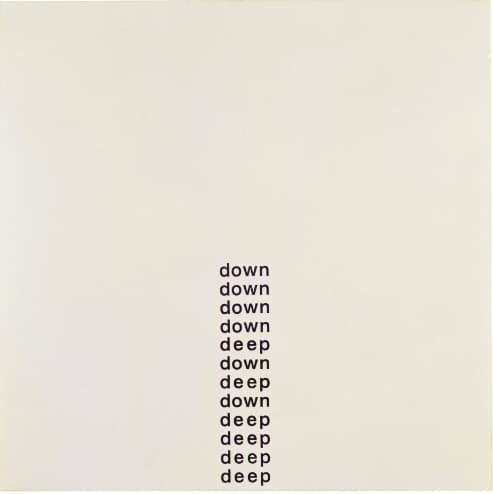
Three additional works by de Castro, also acquired through the Cisneros gift, trace the arc of the artist’s career: the early Modulated Composition (1954), which represents de Castro’s Concrete period; the Active Object (Red/White Cube) (1962)—another iteration of the active object, this time more resolutely in three dimensions; and the Pluriobjeto (Plural object; 1980), which demonstrates how de Castro would continue to explore Neo-Concrete principles for decades to come.
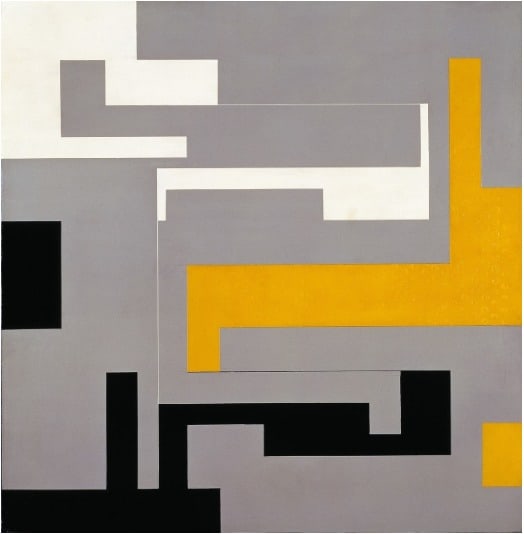
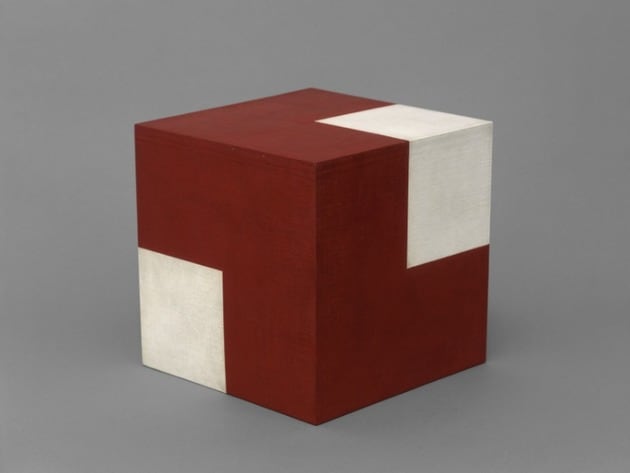
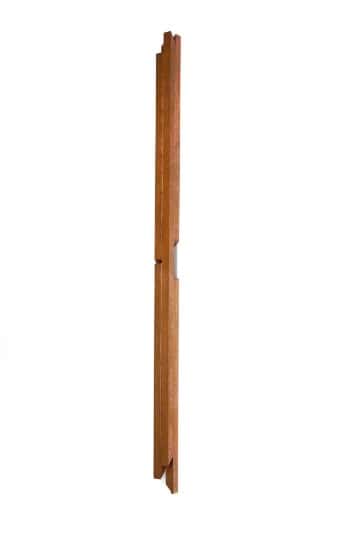
These five works beautifully complement others already in MoMA’s collection, including two standing Active Objects from 1961. Together, these works by Willys de Castro allow us to represent one of the most significant moments in Brazilian modern art: the transformation of Concrete into Neo-Concrete art, specifically as it occurred in São Paulo.
